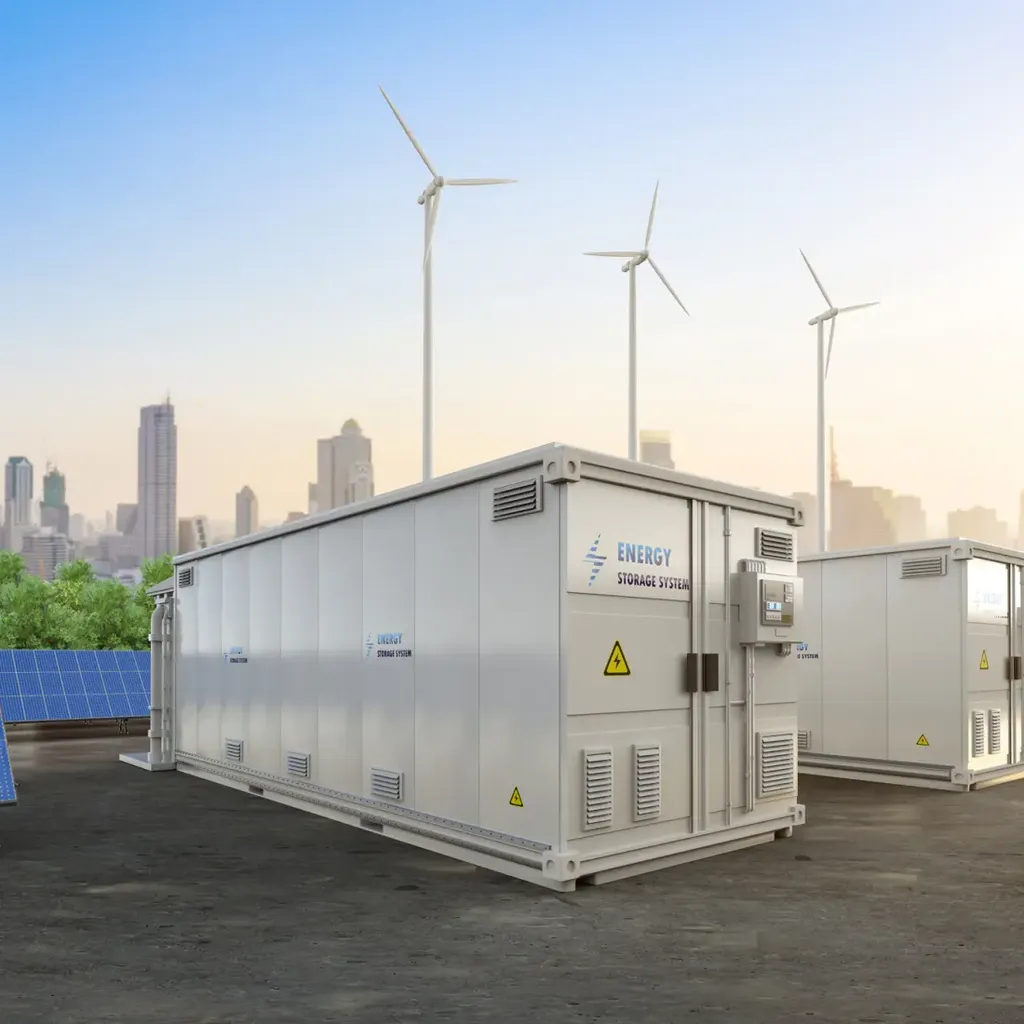In the quest for a more stable and reliable grid, researchers have turned to an innovative combination of wind power and energy storage to tackle the frequency instability issues that arise from large-scale wind power integration. A recent study, published in the *Journal of Physics: Conference Series* (formerly known as SHS Web of Conferences), proposes a novel frequency modulation control strategy that could significantly enhance the stability of power systems.
The research, led by Wang Chuntian from the Shenyang Institute of Engineering, focuses on the inherent challenges of integrating wind power into the grid. “The frequency modulation capability of doubly-fed wind turbines is often insufficient to meet the system’s requirements due to the unpredictable nature of wind speeds,” explains Wang. To address this, the study introduces a combined wind and energy storage frequency modulation control strategy, leveraging the fast response speed and high controllability of energy storage systems.
The proposed strategy employs virtual inertia control to optimize the output power of wind turbines when frequency fluctuations occur. This approach not only compensates for the inadequacies of wind turbines’ self-frequency regulation but also ensures a more stable grid. “By integrating energy storage with wind power, we can greatly improve the frequency stability of the power system,” Wang asserts.
The study’s simulations, conducted on the MATLAB/Simulink platform, compare the frequency characteristics of power systems under three scenarios: wind power without frequency regulation, wind power with frequency regulation, and wind power storage combined frequency regulation. The results underscore the effectiveness of the combined strategy, demonstrating its potential to revolutionize grid stability and reliability.
The implications of this research are profound for the energy sector. As the world increasingly turns to renewable energy sources, the need for stable and reliable grid integration becomes paramount. The proposed strategy offers a promising solution to the frequency instability problems associated with large-scale wind power integration, paving the way for a more sustainable and resilient energy future.
Wang’s work not only highlights the importance of innovative control strategies but also underscores the critical role of energy storage in enhancing grid stability. As the energy sector continues to evolve, such advancements will be crucial in shaping the future of power systems. The research, published in the *Journal of Physics: Conference Series*, serves as a testament to the ongoing efforts to harness the full potential of renewable energy sources while ensuring a stable and reliable grid.

